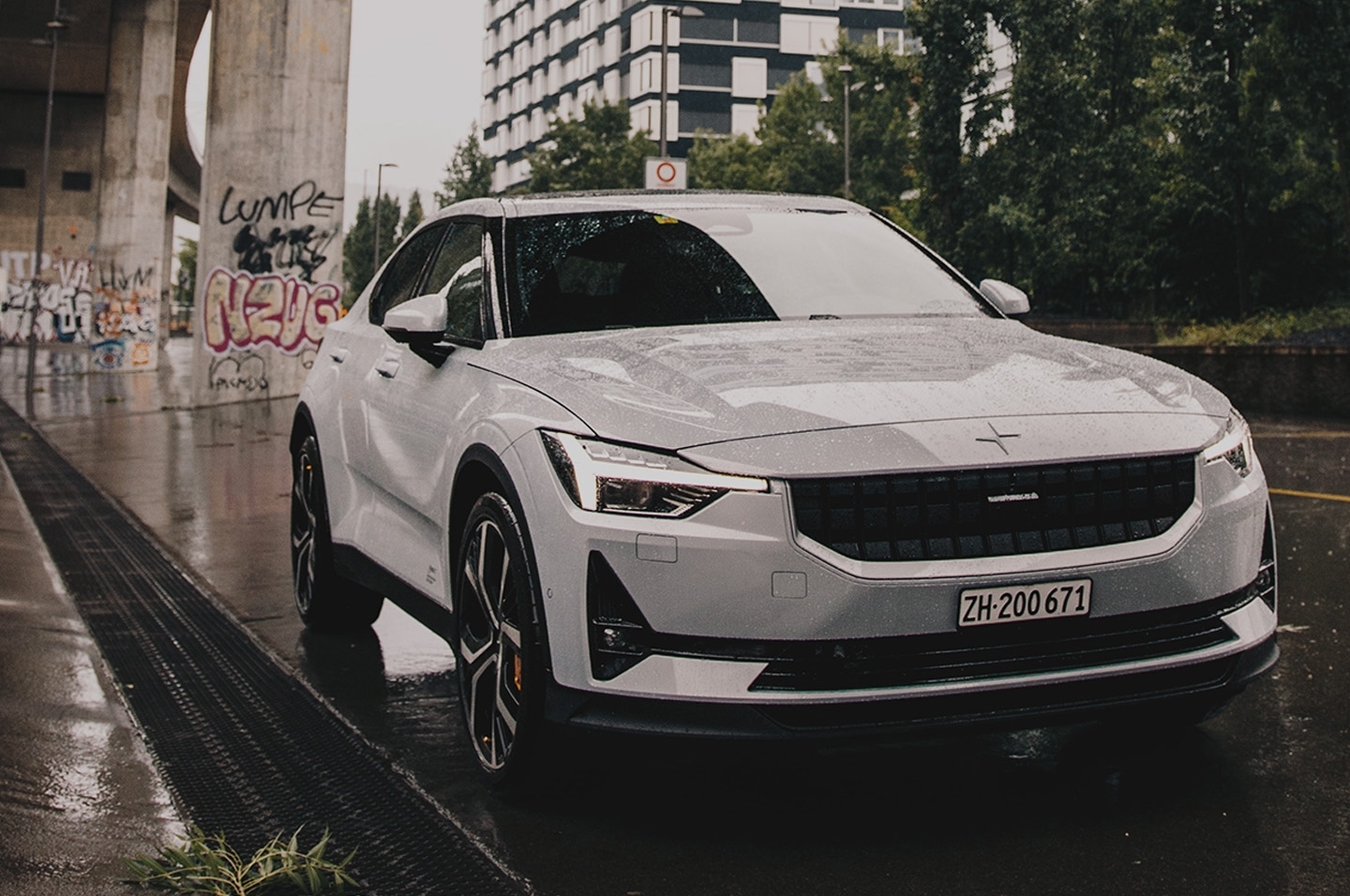
Under the Spotlight: Tesla
You’ve been asking for this one. The most popular stock on Stake gets the UTS treatment. Tesla is ticking boxes on its route to a trillion-dollar market cap. Q1 2021 saw record production and delivery numbers for Tesla but it faces increasing competition from the incumbents. Let’s look at what’s to come for Musk & Co. in an ultra innovative industry.
Show me the money
With US$10.4b in revenues in Q1, up 74% year-on-year, Tesla is growing at an impressive rate. Their primary revenue engine is of course their automotive arm. In Q1, the business recorded 184,800 deliveries. Their production capacity is the greatest restraint from further success. With all factories working at capacity, only 840,000 cars are expected to be delivered in 2021. The US$7b Berlin gigafactory should help alleviate some pressure. The project has already been delayed 6 months but once completed later this year, the factory will be able to produce up to 500,000 cars annually. New gigafactories are also due in China and the US.
On top of cars, Tesla has 3 other major revenue lines: solar, service and supercharger stations. Its solar division is the fastest growing in the business. In Q1, its Solar Roof panels generate enough electricity to power 60,000 homes (92MW). This is a relatively low number but the 163% year-on-year growth rate is encouraging.
The chasers
Tesla is growing quickly, but is it growing quickly enough? Recent reports indicate the electric manufacturer’s market share has fallen from 29% to 11%.
Volkswagen is now Europe’s no. 1 EV producer selling 24% of the 856,000 EV’s sold in the last year. This is more than double Tesla’s output as Nissan/Renault (alliance), Hyundai/Kia (alliance) and Stellantis exceed its sales. This is most likely a supply issue as Tesla’s Berlin factory is delayed in opening and only 3 models can be offered to the local market.
In America, Ford’s electric Mustang is now more heavily produced than its petrol counterpart. By 2030, Ford expects 40% of sales to be in EVs. The company will need to increase their offering massively as currently, only the Mustang is available as an EV. Meanwhile, rival GM expects to cease petrol car production by 2035.
The incumbents should be able to leverage their current plants and procedures as well as a current audience of billions of current customers to continue strong, financially feasible growth. That being said, Tesla’s success is reliant on production rather than product. Built it and they will come.
Autopilot
Tesla’s camera-based Autopilot system has only just been deployed in Model 3 and Y vehicles in the US. While a completely self-driving vehicle is still some years off, Tesla Vision steers, accelerates and brakes in a single lane while recommending lane changes to optimise navigation. They have pivoted away from Lidar (laser) navigation to only incorporate cameras, bucking the norm of most competitors.
Most impressively, recently produced Tesla’s are being installed with all hardware necessary to become fully autonomous. Once the technology exists, owners simply have to update their software.
Master Plan, Part-Deux
In 2006, Musk laid out his decade-long plan to create a legitimate auto-business out of Tesla. It essentially consisted of increasing the production of electric vehicles over time while decreasing cost. He also wanted to provide solar power. Tick.
Tesla’s second decade-long roadmap (aka Master Plan, Part Deux) was released in 2016. So far, it has been massively successful. Musk wanted to “create stunning solar roofs with seamlessly integrated battery storage”. Done. He wanted to introduce an SUV. Also, done. An autonomous vehicle? Halfway there.
The one unchecked box is ridesharing. Tesla envisions a fully autonomous robo-taxi network. In this futuristic world, your Tesla will be able to leave your house, pick up passengers much like an Uber, and return safely to your garage all while you sit on the couch. Plans for this project are constantly being delayed but ARK Invest is extremely bullish on the proposition. Their recent Tesla valuation analysis sees the robo-taxi network being a major revenue driver by 2025. Bear in mind, this analysis has been subject to much criticism from the investment community.
This does not constitute financial advice nor a recommendation to invest in the securities listed. The information presented is intended to be of a factual nature only. Past performance is not a reliable indicator of future performance. As always, do your own research and consider seeking financial, legal and taxation advice before investing.

Megan is a markets analyst at Stake, with 7 years of experience in the world of investing and a Master’s degree in Business and Economics from The University of Sydney Business School. Megan has extensive knowledge of the UK markets, working as an analyst at ARCH Emerging Markets - a UK investment advisory platform focused on private equity. Previously she also worked as an analyst at Australian robo advisor Stockspot, where she researched ASX listed equities and helped construct the company's portfolios.
